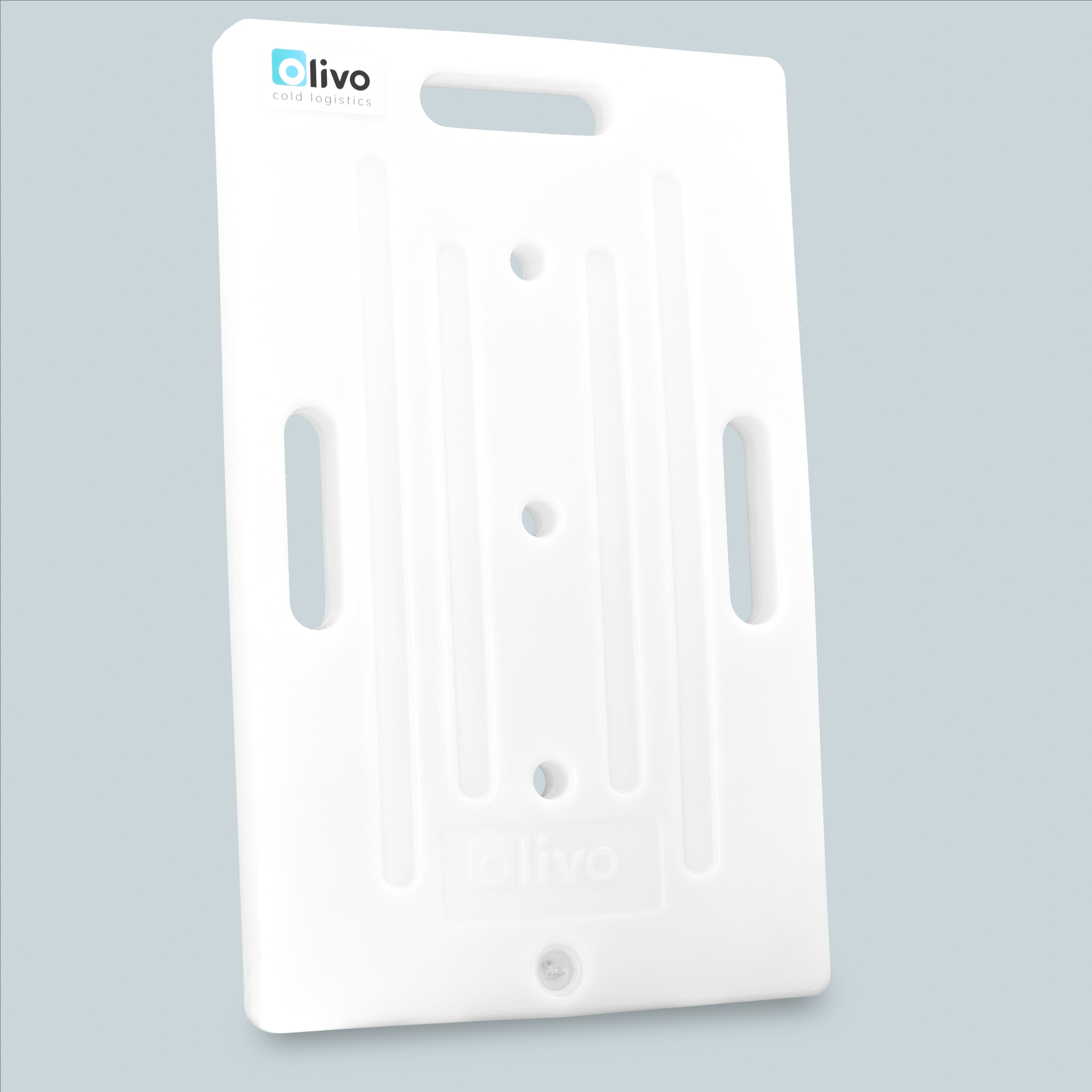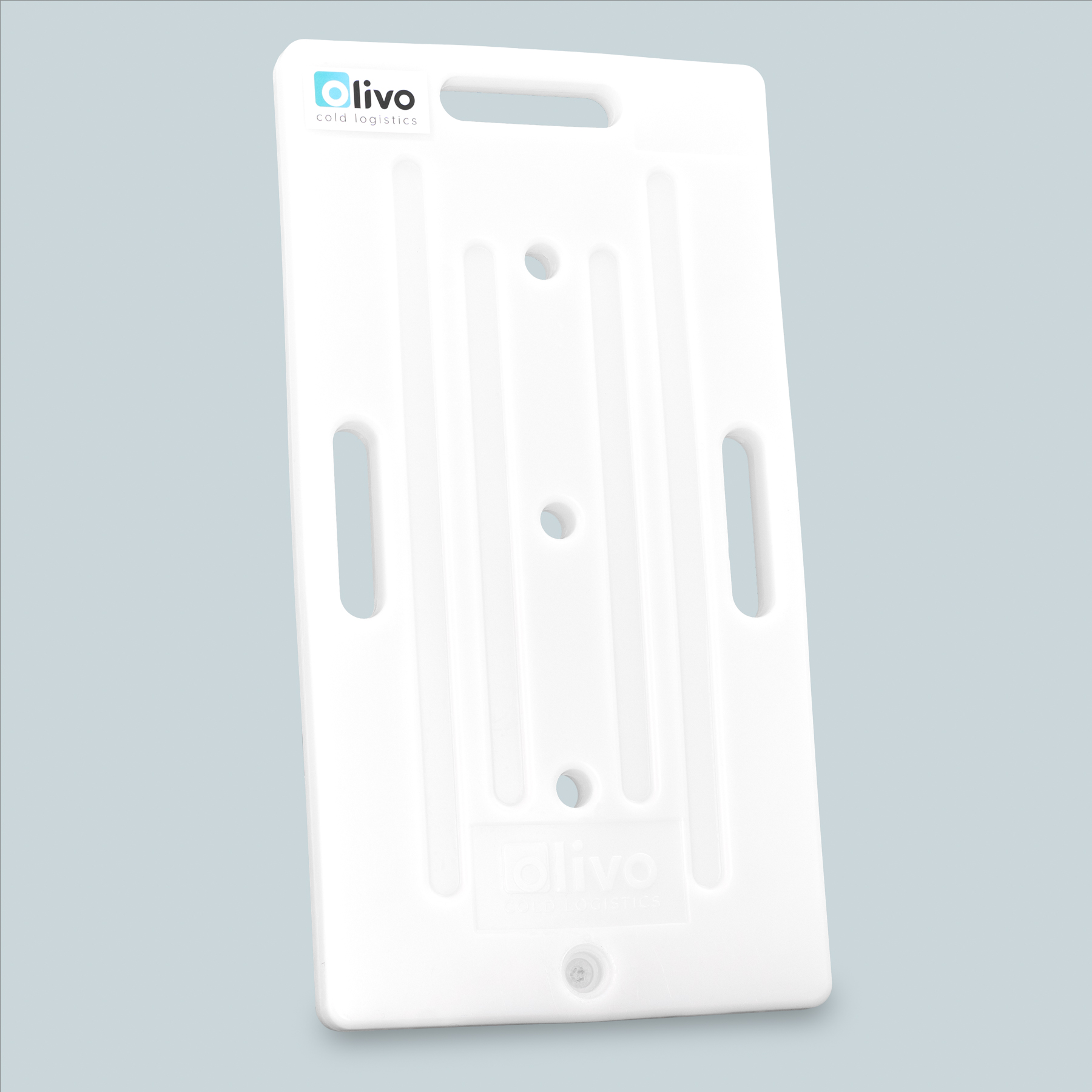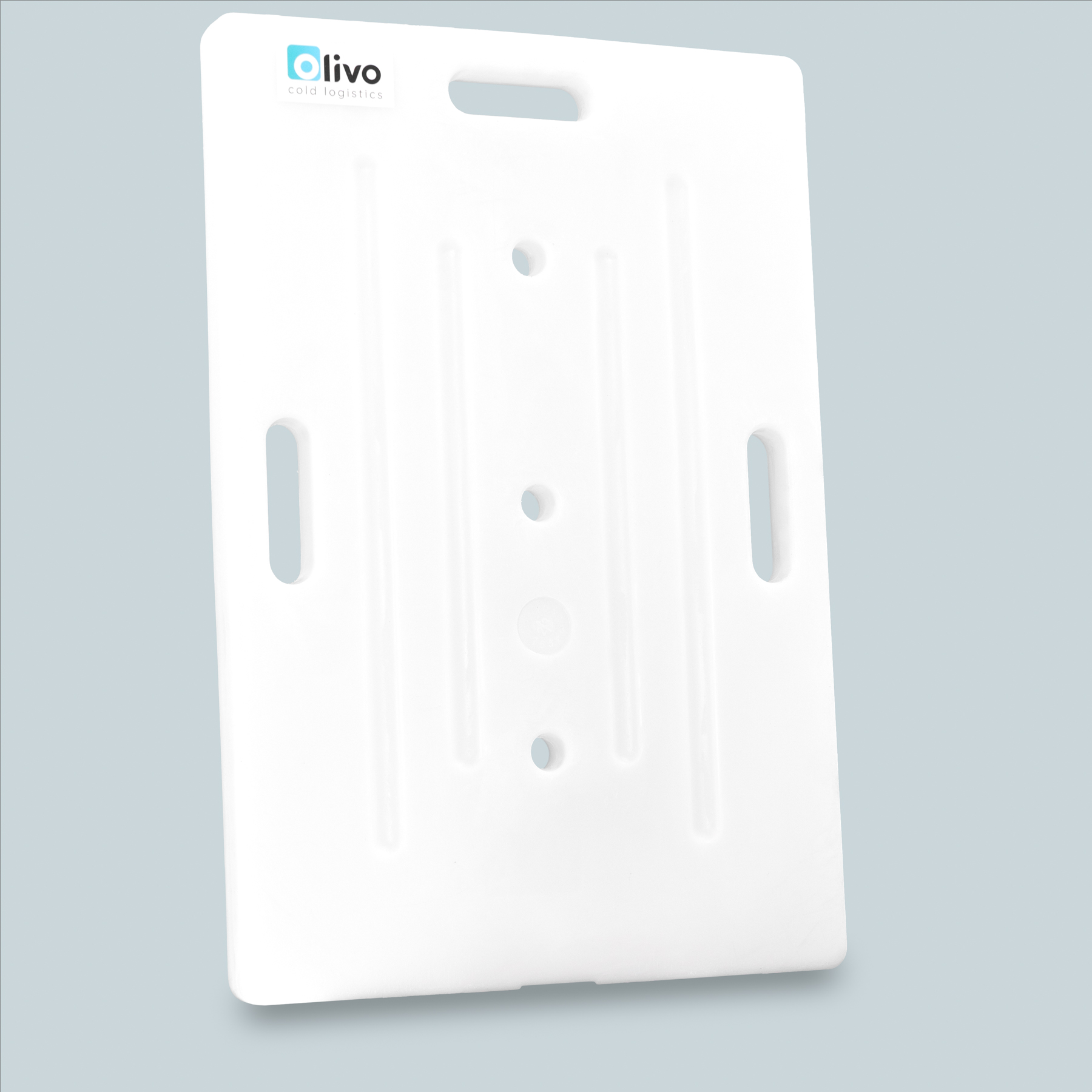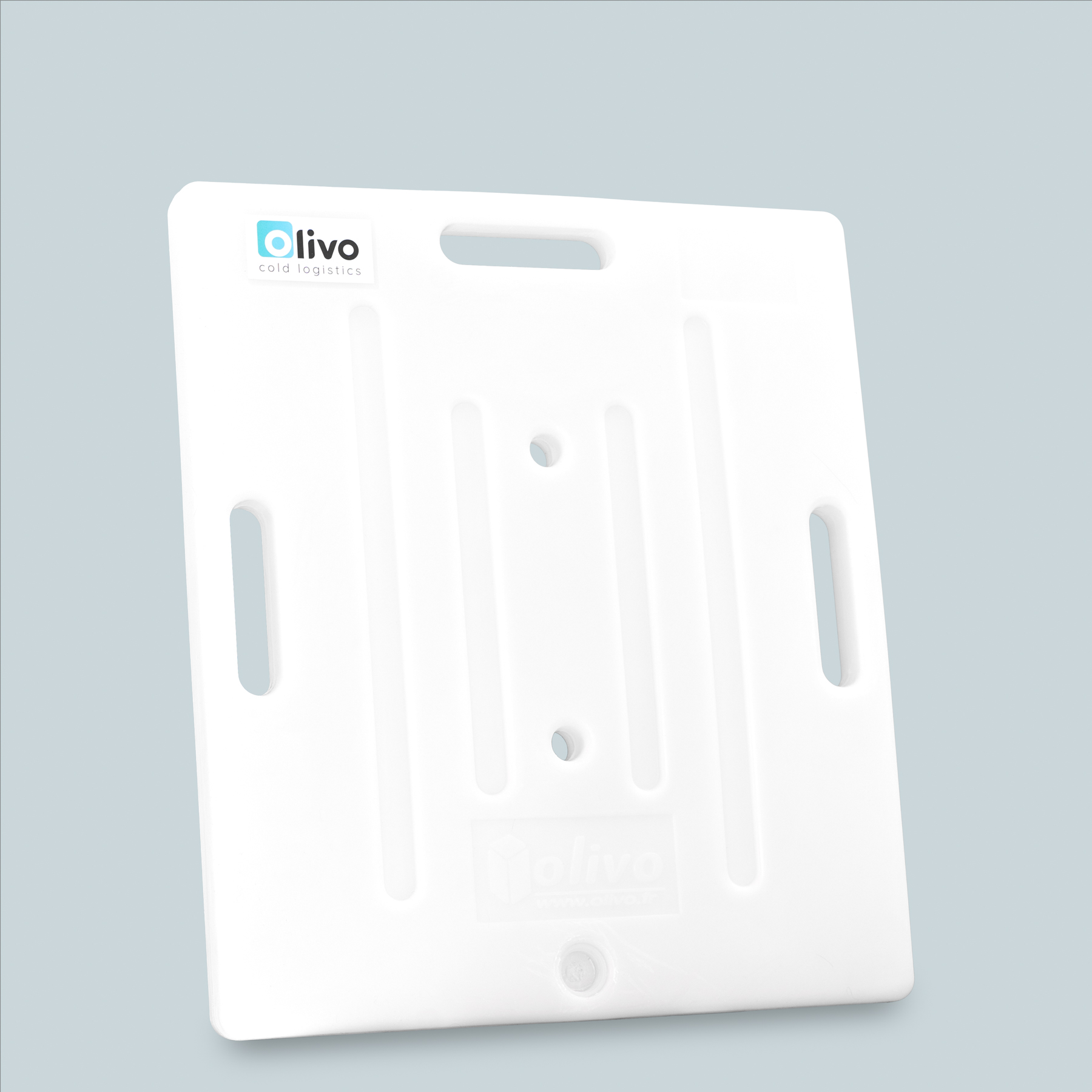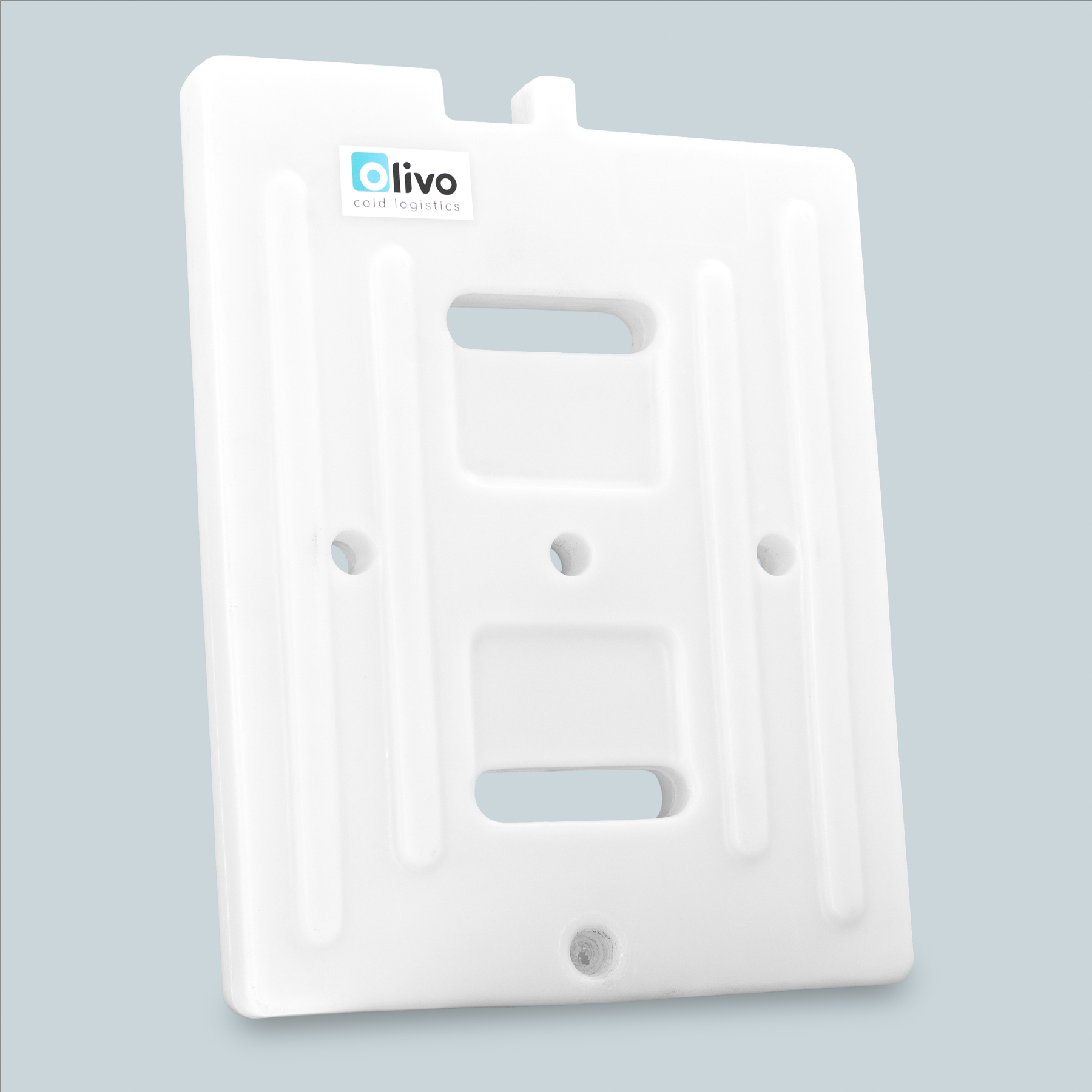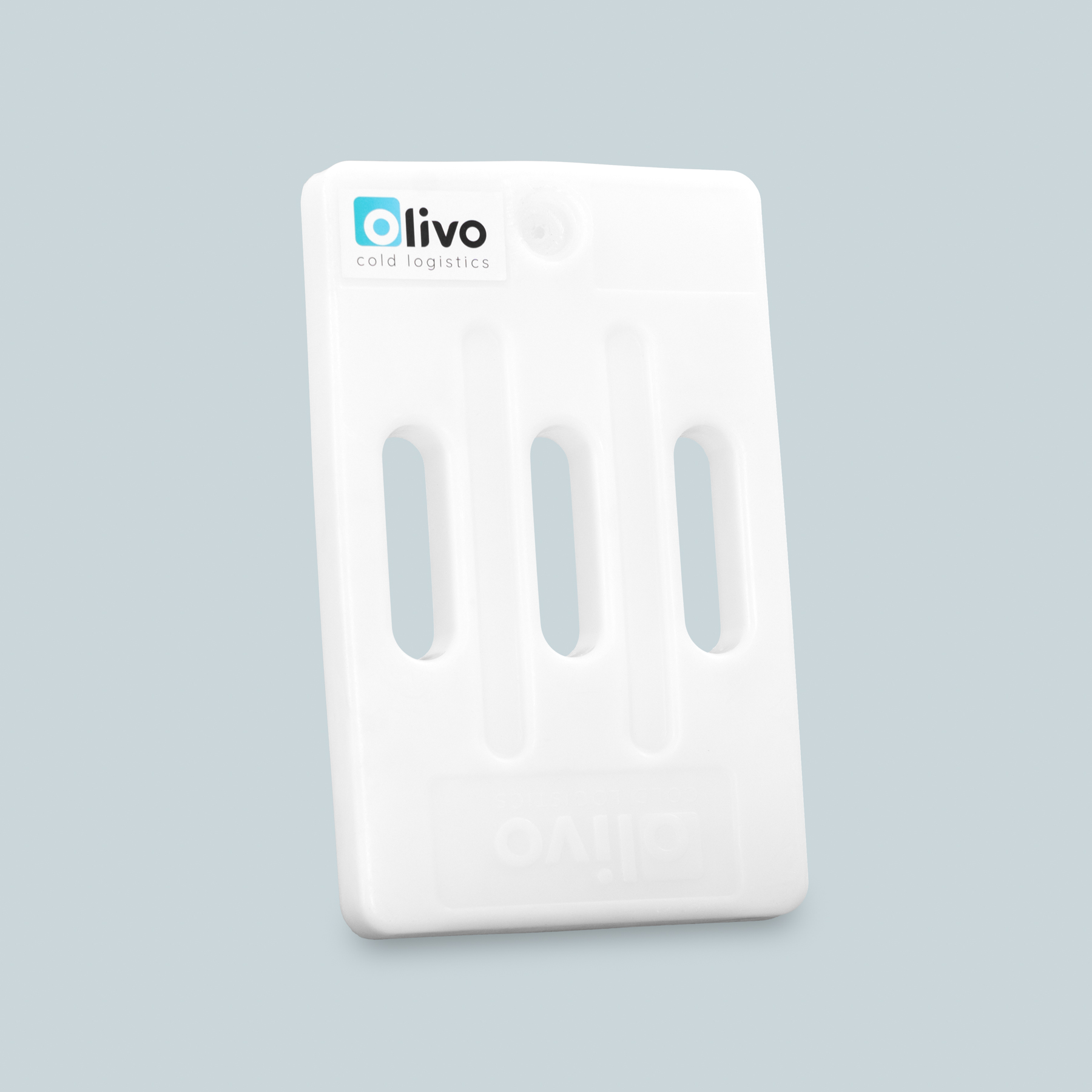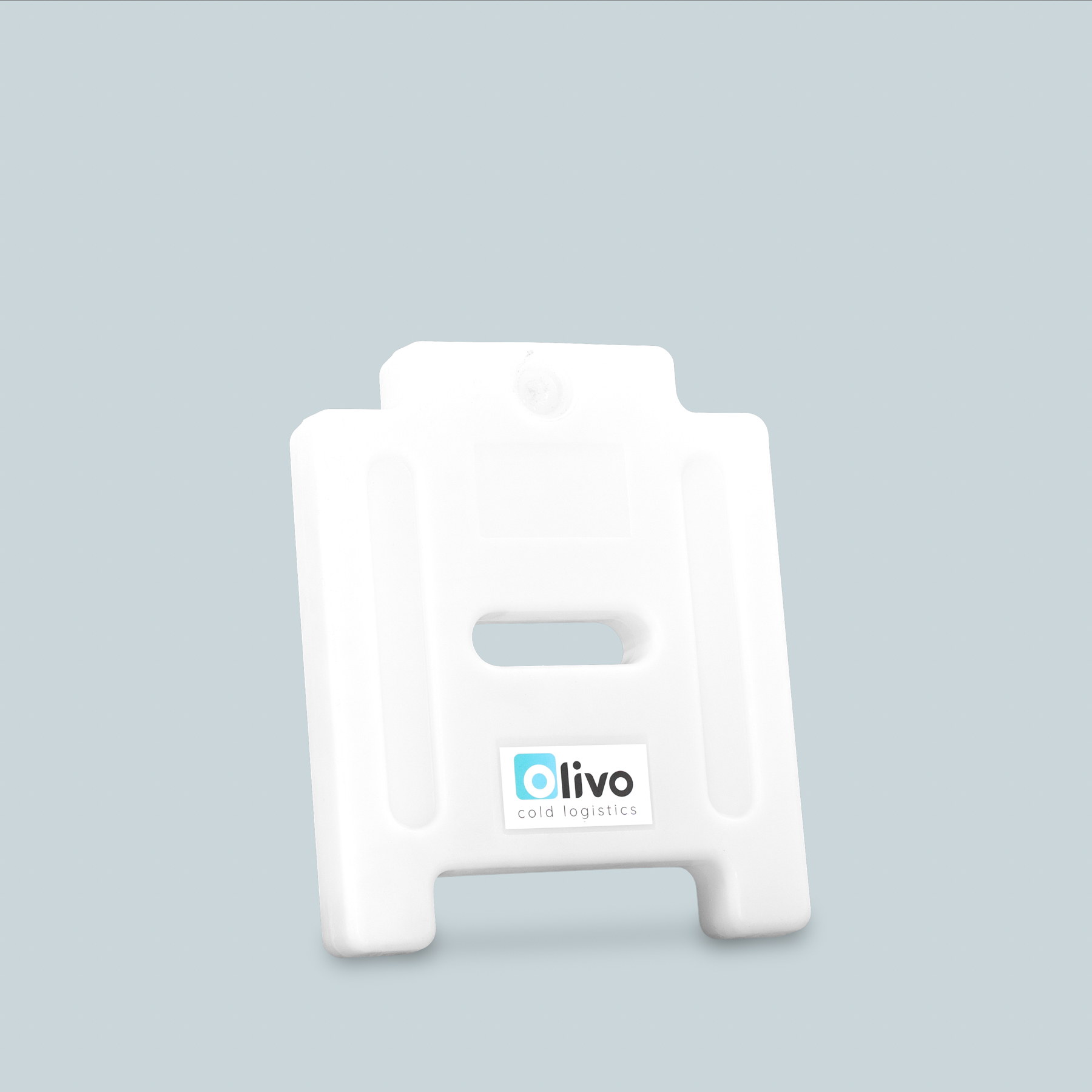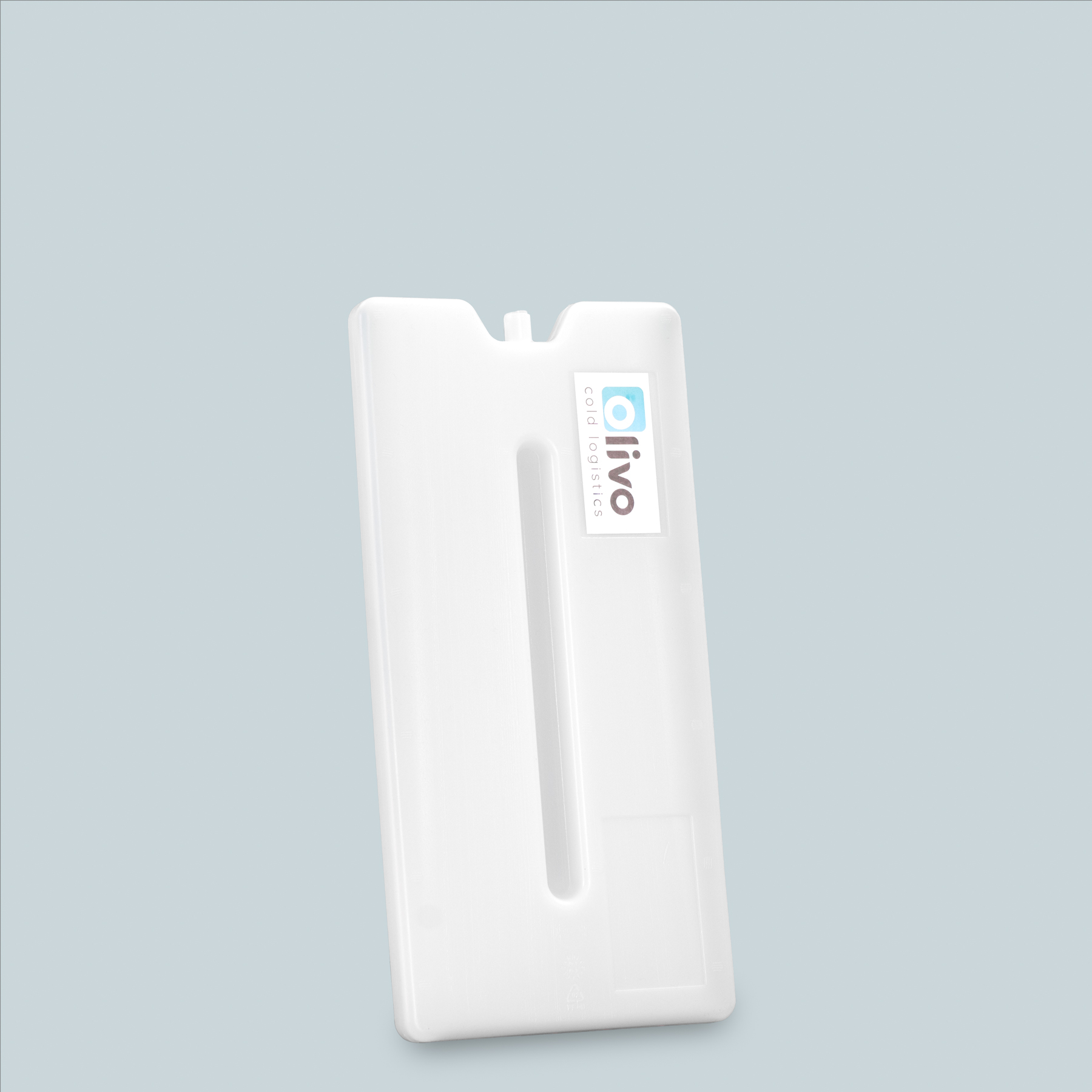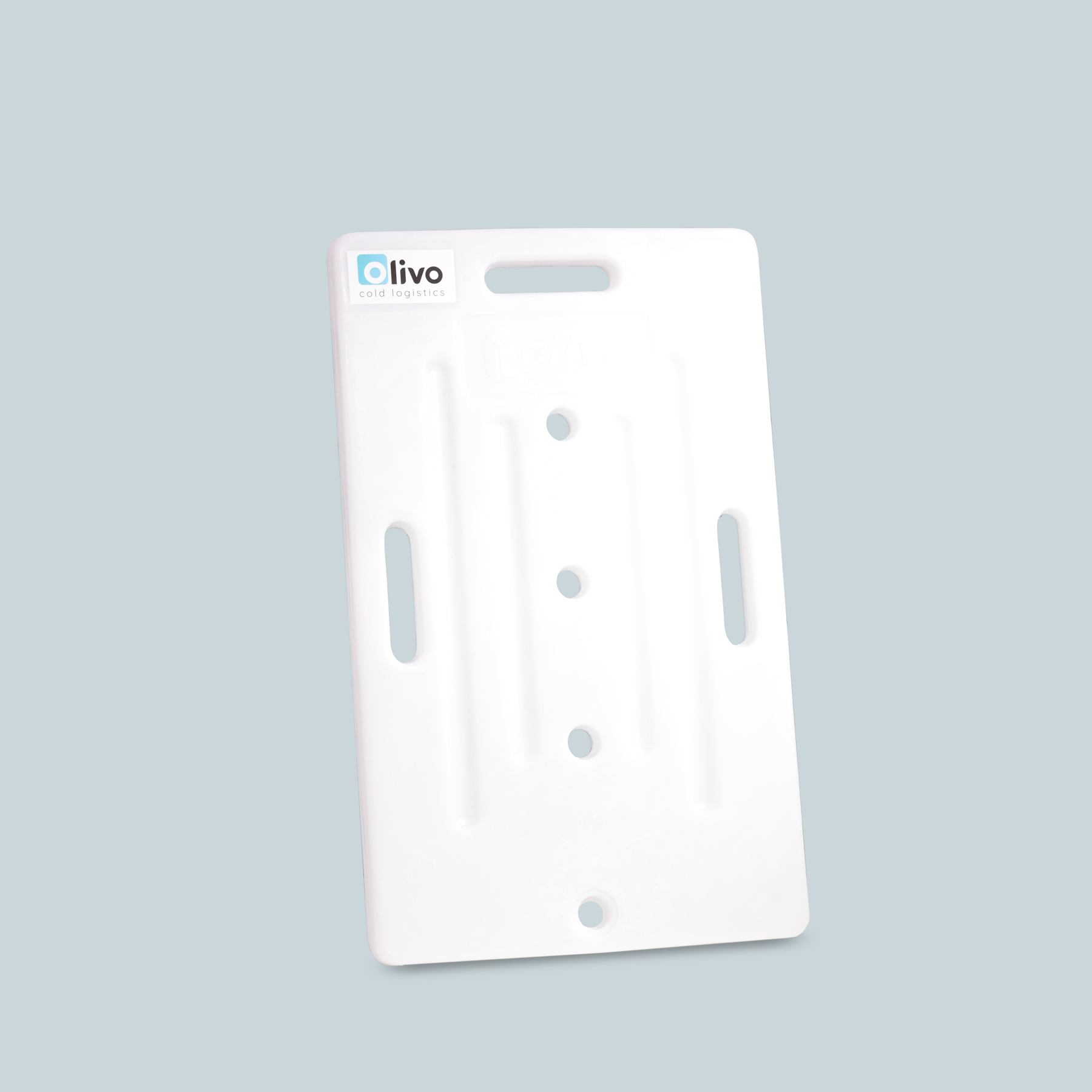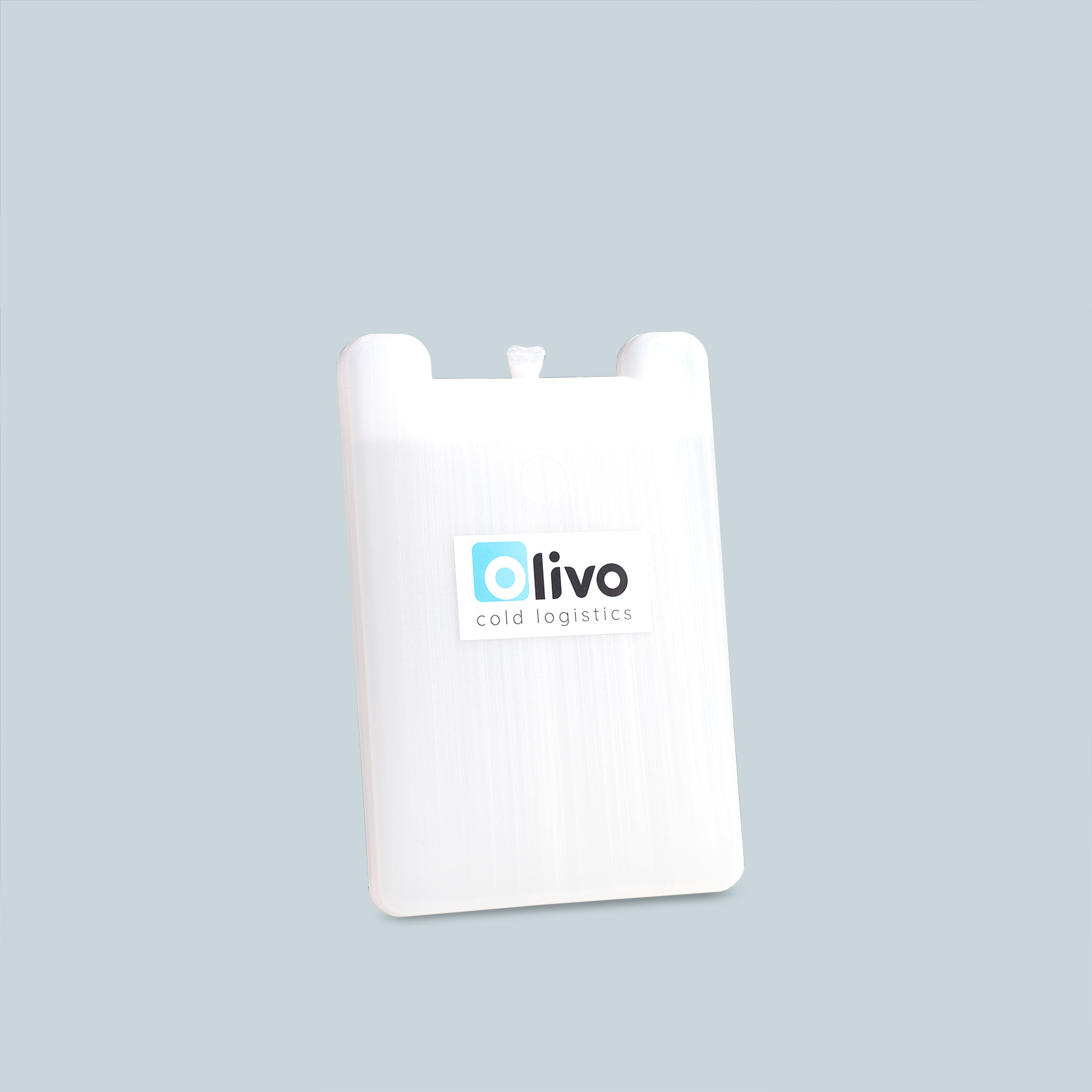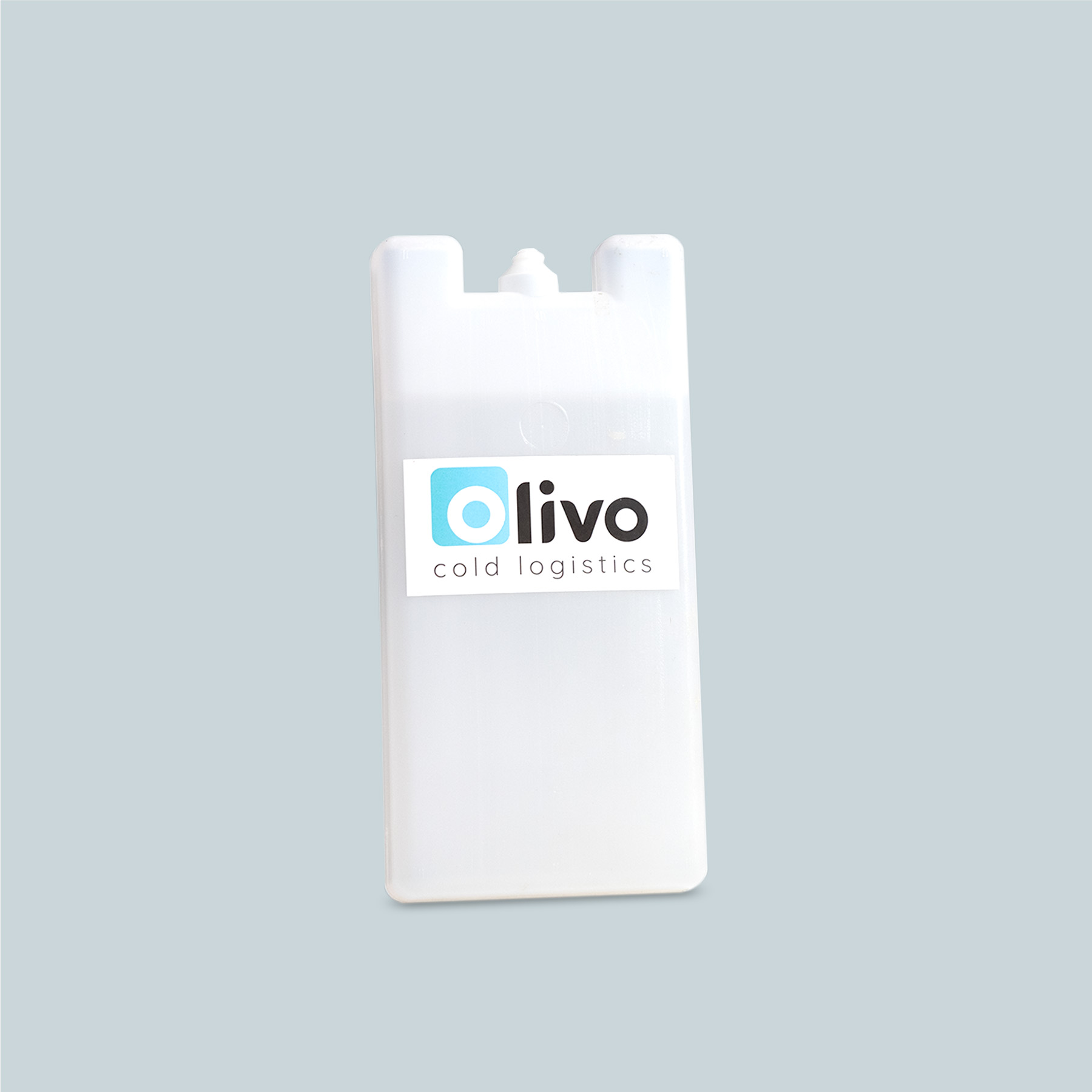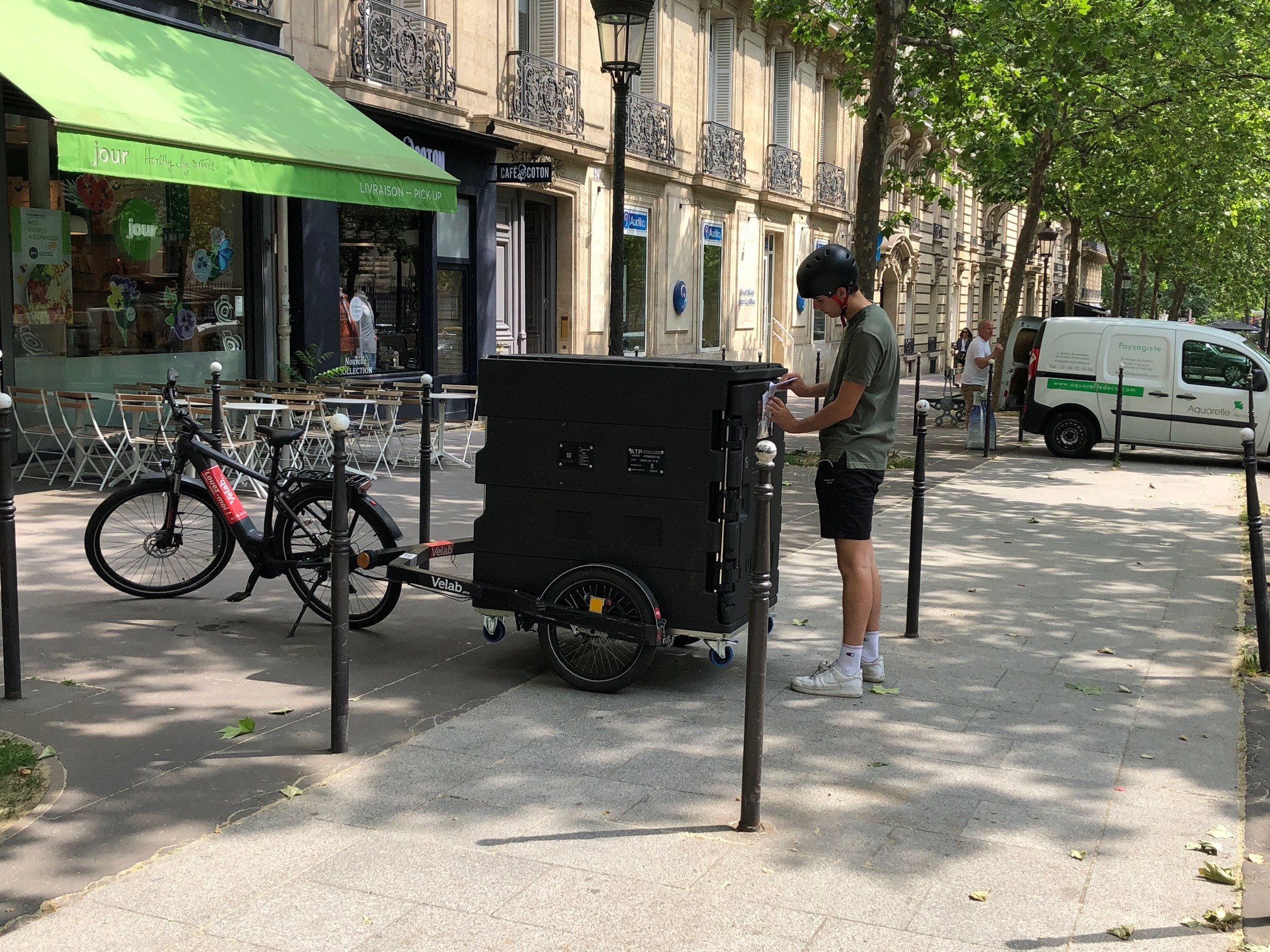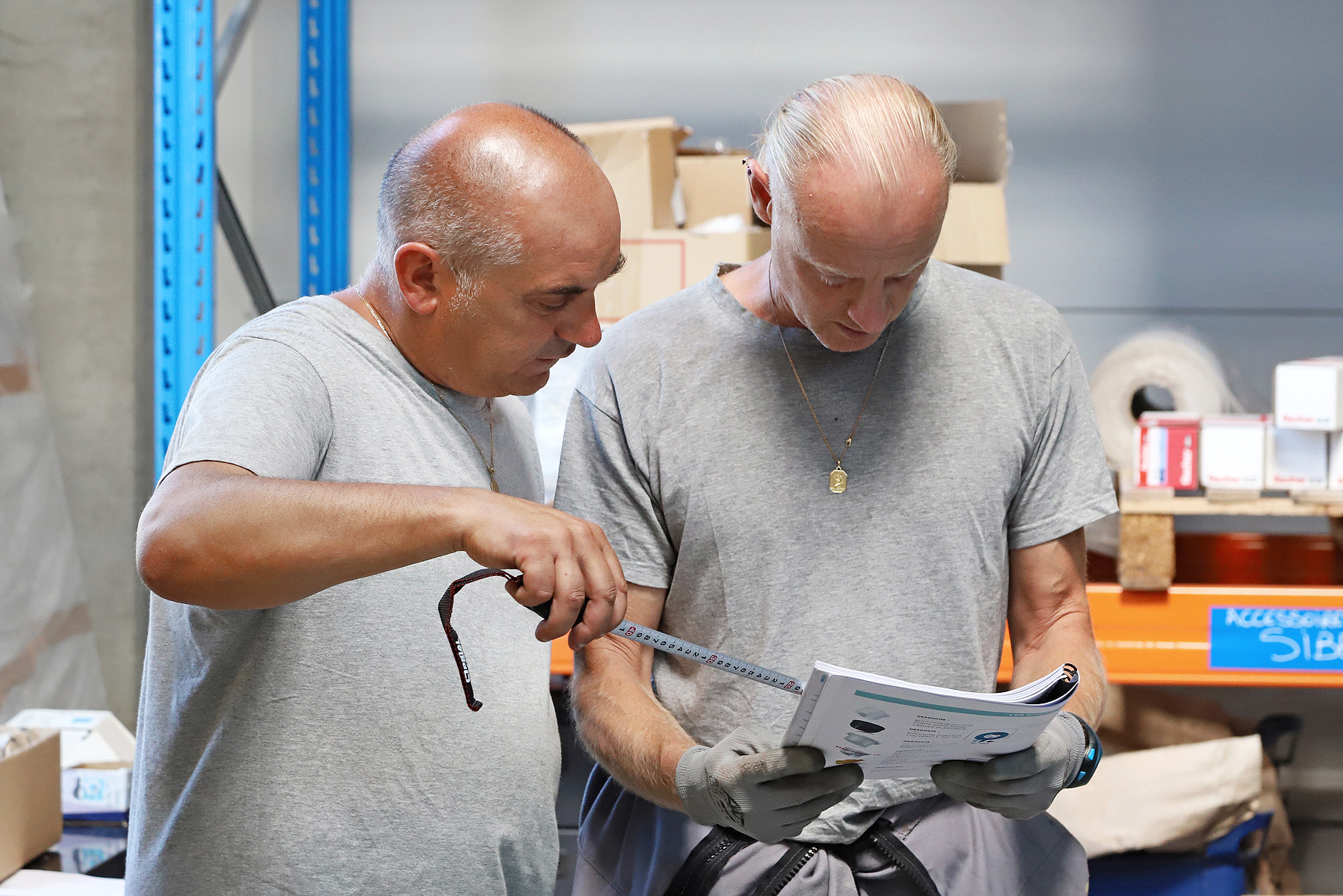Thermal conduction
How heat spreads through materials ?
What is thermal conduction ?
When a temperature difference occurs within a solid body, the mode of heat transfer is called conduction. Heat is gradually transmitted by the movement of free electrons (thermal agitation of molecules). This heat propagates with varying degrees of ease depending on the nature of the material. It is important to note that good conductors of heat are also good conductors of electricity.
According to Fourier’s law, the greater the temperature difference within the same body, the faster the heat will move.
Our must have
To order a eutectic plate, please write your request in the text box provided.

Thermal conduction, frequently asked questions
-
Cooling and temperature maintenance
How to choose the right cooling source ?
Given the variety of refrigerant, eutectic, or cryogenic systems, as well as logistic schemes, a prior and specific thermal analysis is essential. The parameters to consider are:
- number of containers processed
- types of goods and temperatures
- thermal insulation characteristics and container surface area
- transport time
- waiting time
- outside temperature at all logistical phases
- logistical constraints
This thermal assessment should enable the selection of the refrigerant system and the definition of usage parameters to ensure the maintenance of the cold chain throughout the distribution process. The operator can have a safety margin provided in the needs analysis, taking into account distribution contingencies (road traffic, vehicle breakdown, waiting before unloading, etc.).
-
Isothermal containers
Can eutectic plates be stacked in a BOX ?
It is not recommended that you place eutectic plates one on top of the other. The purpose of a eutectic plate is to diffuse cold. And that diffusion will not be optimal if the plates are stacked. Each BOX is designed with a specific space for the eutectic plate. This can be a net under the lid or moulded-in slots. These locations are chosen to optimise the diffusion of the cold by creating convection channels that allow the cold air to circulate evenly.
-
Eutectic plates
How does a eutectic plate work ?
A eutectic plate is a device designed to store thermal energy, in the form of heat or cold, and then to release it gradually to maintain a specific temperature. It works on the thermodynamic principle of phase change, i.e. the transformation of a solution from liquid to solid state and vice versa.
The eutectic plate absorbs the heat from outside the container while releasing a constant amount of cold. It is by passing from the solid to the liquid state, by the absorption-release phenomenon, that the eutectic plate maintains a constant temperature inside the insulated container.

What is thermal convection, and how does it work in fluids?
Convection is a type of heat transfer within the same liquid or gaseous fluid. When a temperature difference occurs in this fluid, there is a change in density that produces mixing movement, with warmer parts tending to rise and cooler parts tending to sink. It can thus be said that a change in the temperature of a fluid alters its density.
There are two types of convection: natural convection and forced convection, the latter being generated by artificial circulation.
Thermal convection is the process by which heat is transferred by the movement of a heated fluid (liquid or gas) from one region to another, carrying thermal energy with it. This mode of heat transfer involves the movement of hot and cold particles within a fluid, creating convection currents that redistribute heat. Convection can occur naturally, as in the Earth’s atmosphere where warm air rises and cold air sinks, or through forced means, such as in a heating system where a fan or pump is used to actively move hot air or water through a space.
Our news in cold logistics
View the blog
Our solutions of insulated containers
Cold sources designed for your containers

